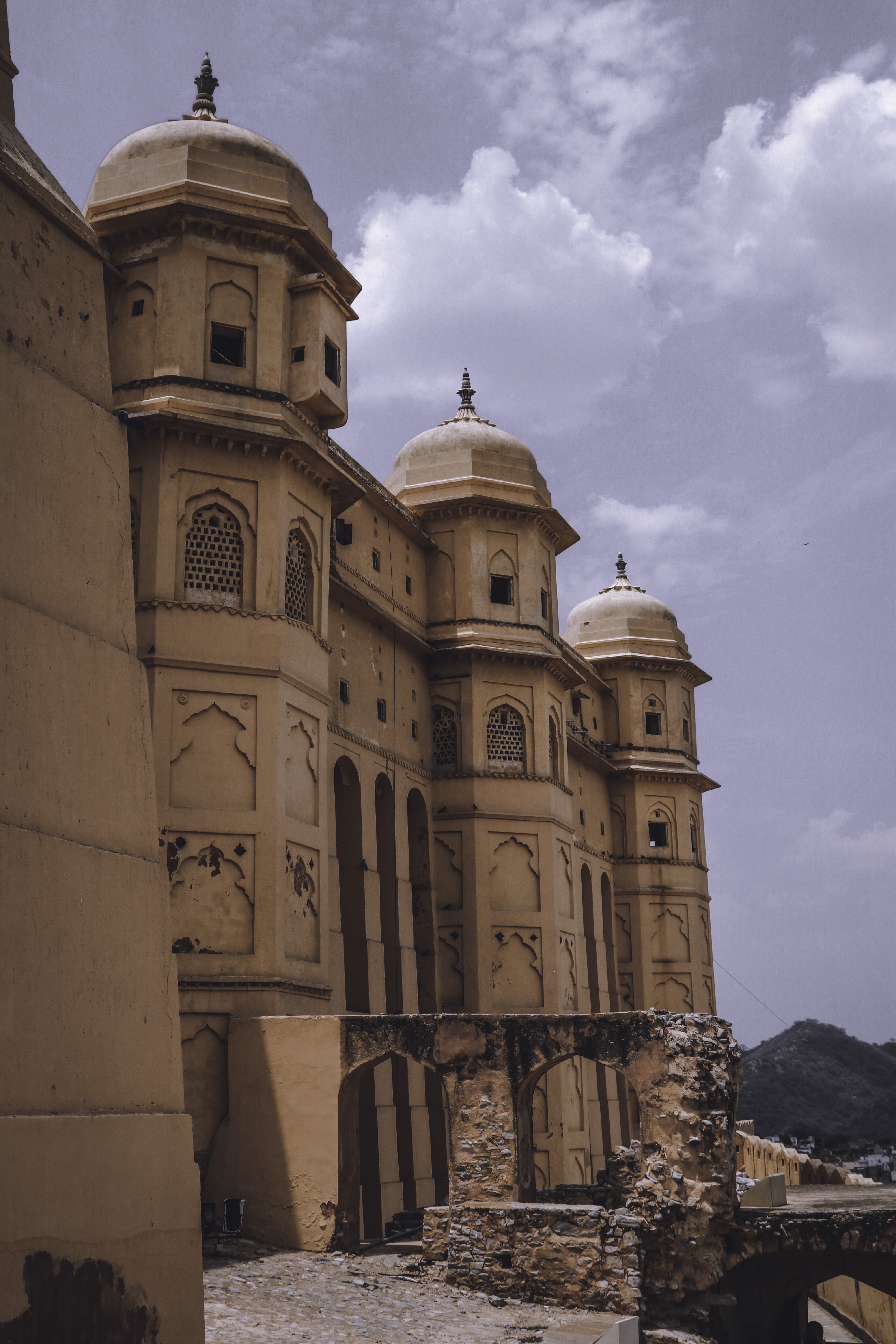Effective water management system from ponds to hillside forts

Written By अनुभा जैन, लेखिका पत्रकार on Tuesday, September 07,2022- 5 comments
Water is the source of all life. For this essential part of our life, a significant question arises how was water transferred or managed to forts from the ponds/lakes in ancient times? Some forts have been built on a hill overlooking the city, as in Rajasthan’s Alwar district. At Amber, the palace stands on the hillside, while the fort is situated on the summit. Here, water would have been manually carried from the tanks, ponds, or lakes to the individuals by water carriers who were paid according to their workload. Similarly, at Rajasthan’s Nahargarh Fort which was built by Maharaja Sawai Jai Singh in 1734, here the canals and aqueducts/artificial channels are used for transporting water, typically in the form of a bridge across a valley or other gap to carry water to the fort. Gingee or Senji Fort in Tamil Nadu was originally built in 1190 by Ananta Kon of the Konar dynasty and modified by later rulers, using two systems for water supply. One was the continuing water supplied to the inner fort from a pond which was fed by surface drainage. Here, through gravity flow and the siphon carry water through earthen pipes to the palaces, forts, tanks, and fountains. And through the other system, the outer fort linked the water bodies to urban settlements around the fort. With elaborate water harvesting systems, there are cities like Kumbhalgarh, Chittorgarh, and Ranthambhore where the entire town or habitation is situated within the fort. Whatever the situation remains, the water was used with utmost care on the forts. Besides that, through Kunds and Baoris (step wells), lakes, talabs, and wells people quenched their thirst. In tanks, ponds, or step wells stone setting was done in such a way that the pit could later be used as a reservoir. Some of the reservoirs were designed and built to facilitate the movement of water from one to the other.

